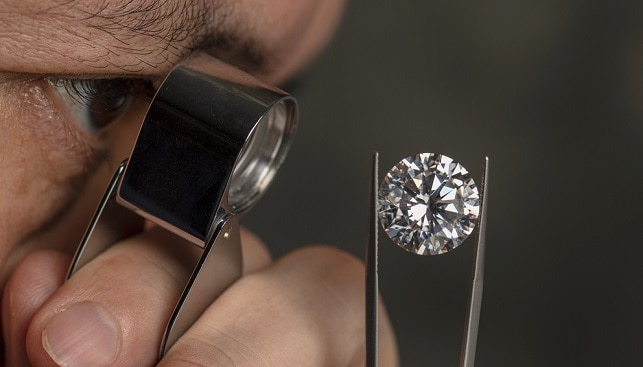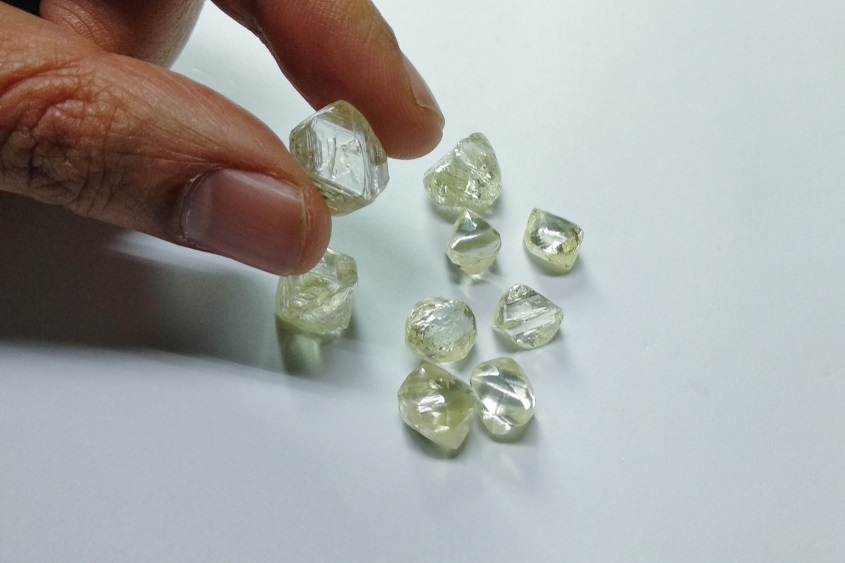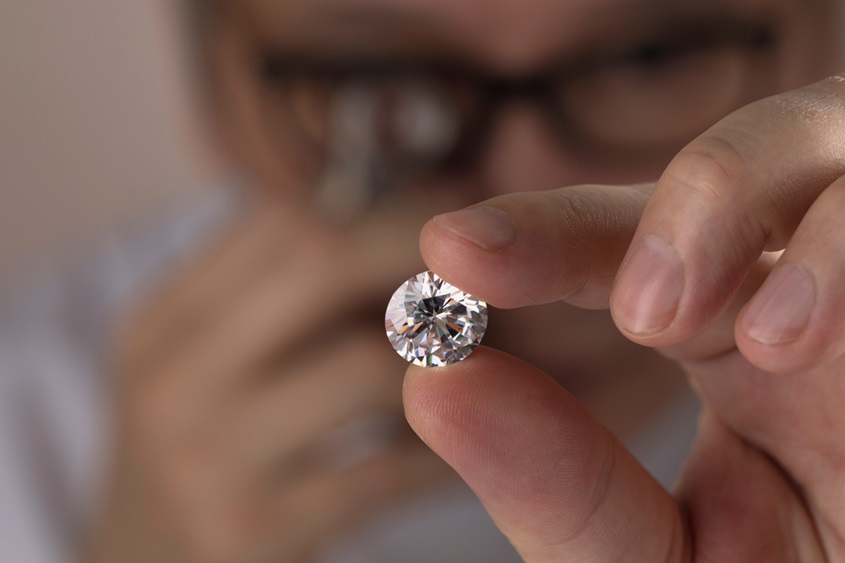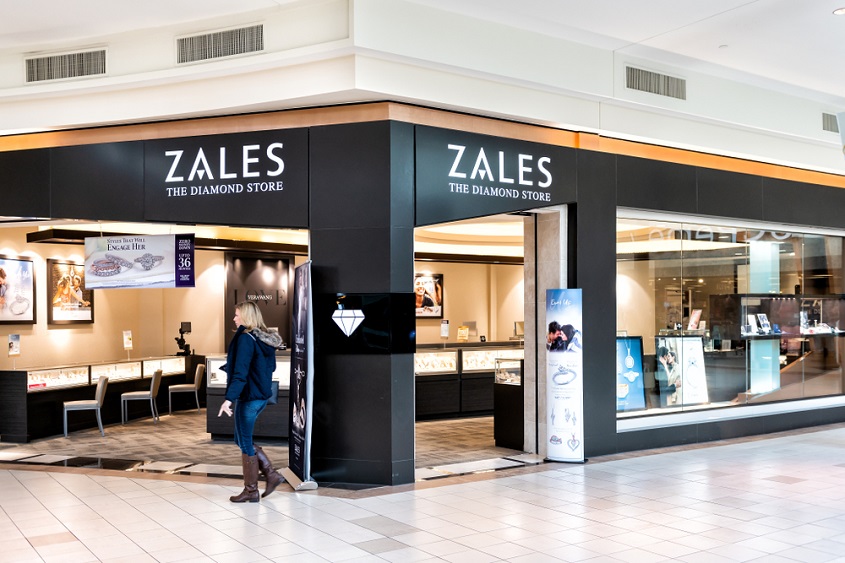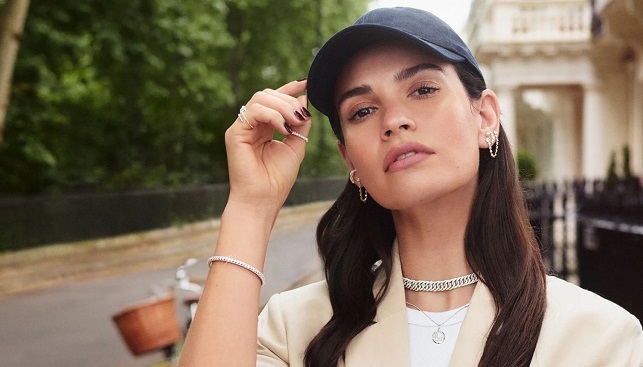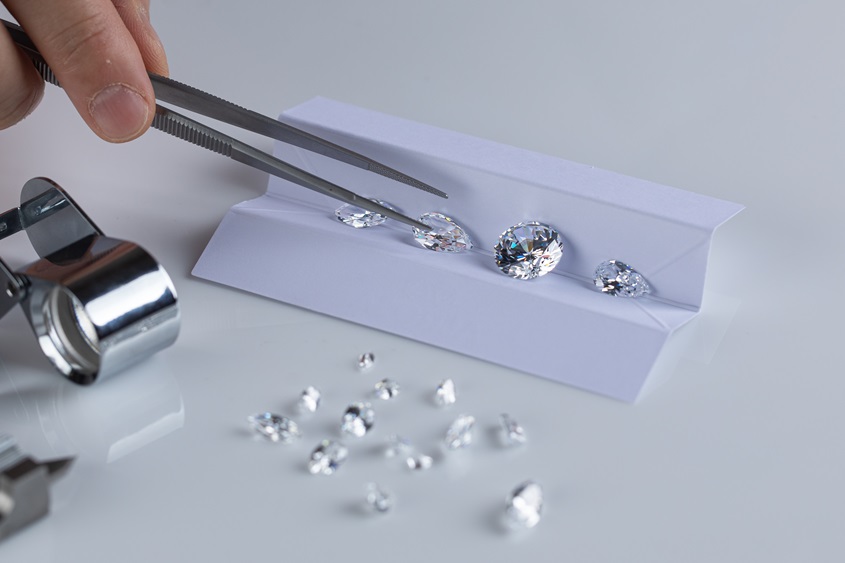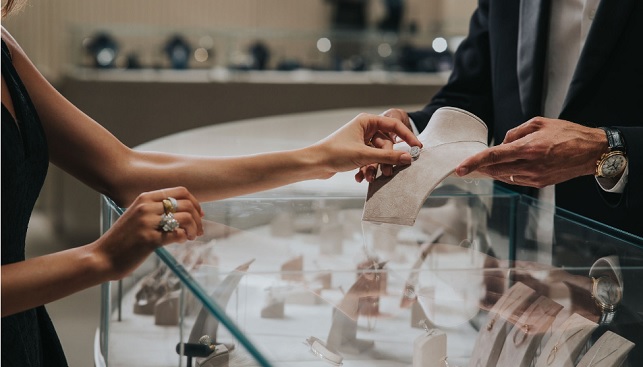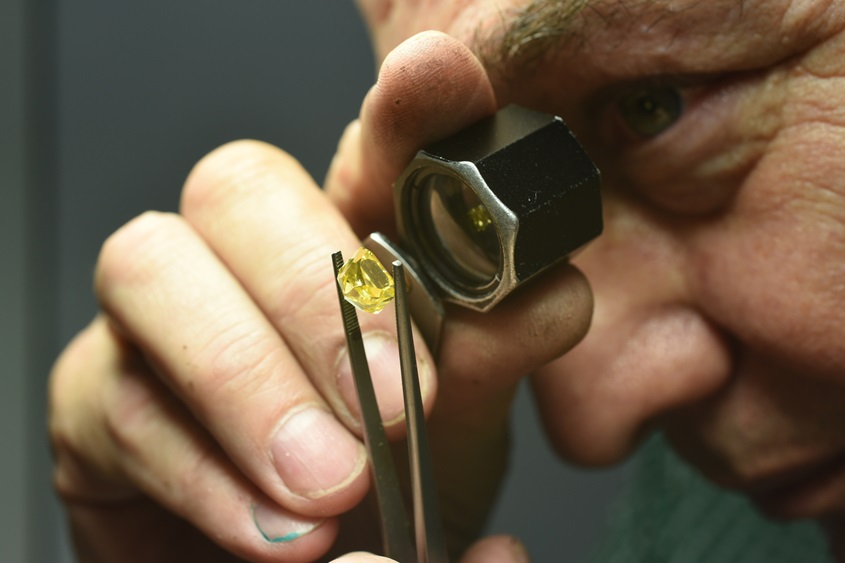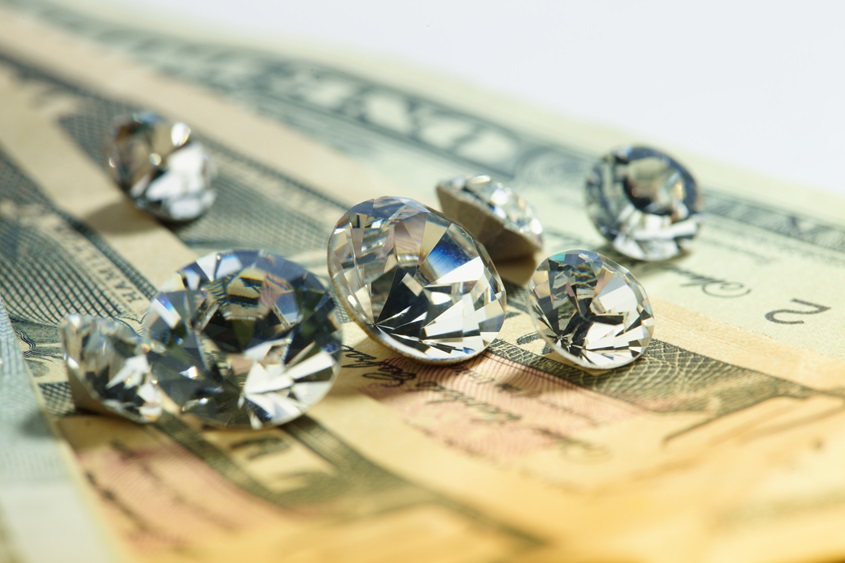Golan explains that the diamond industry as a whole experienced significant upheaval in 2024. While such disruptions are often triggered by external events, last year’s challenges were primarily the result of internal missteps. Among the key errors, Golan lists misplaced assumptions about China’s economic recovery, mismanagement of the growing presence of lab-grown diamonds, and weak marketing efforts. These challenges were compounded by longstanding issues, such as the fragmented nature of the U.S. retail market – the most critical consumer base globally.
Although declining interest in luxury goods is part of a broader global trend, Golan emphasizes that the diamond industry cannot rely on this as an excuse. Instead, he urges the entire sector to take collective action and draft a plan to regain its footing. Golan points out that jewelry, unlike other luxury goods, has been part of human culture for millennia. However, he notes that jewelry encompasses more than just diamonds, and while overall U.S. jewelry sales grew in 2024, diamond jewelry significantly underperformed.
To address these challenges, Golan advises against price reductions and instead calls for a deeper understanding of consumer demand. This, he suggests, will pave the way for a long-term vision that can steer the industry toward recovery.
In his analysis of the past year, Golan highlights several developments that have laid the groundwork for meaningful change in the industry. These include progress in Botswana’s negotiations with De Beers toward a new diamond agreement, as well as actions taken by De Beers itself. These measures include increased marketing budgets, inventory management to alleviate pressure on the midstream and Botswana, and a reduction in the number of sightholders. This reduction aligns with a broader trend of consolidation within the industry, where larger companies are gaining more influence and capturing an increasing share of the market.
Golan also points to changes in key trading centers, including the ongoing evolution of Antwerp and Dubai and the development of a new diamond hub in Botswana.
Looking ahead, Golan argues that for 2025 to mark a turning point, the natural diamond industry must reposition diamonds as authentic luxury items – rare, valuable, and aspirational. Achieving this goal will require exceptional quality in diamond jewelry to justify price increases as part of a gradual transformation. This shift, he notes, will demand significant investments in knowledge, tools, and marketing, as well as continuous tracking of consumer behavior to identify opportunities and reignite demand.
In conclusion, Golan highlights a group of forward-thinking companies that have already embraced the need for change and are actively driving the most significant realignment the diamond industry has seen in years. These companies, both large and small, are setting an example for the rest of the industry to follow. Golan calls on others to join their efforts to lead the diamond sector toward a brighter future in 2025.
Click here to read the full article

